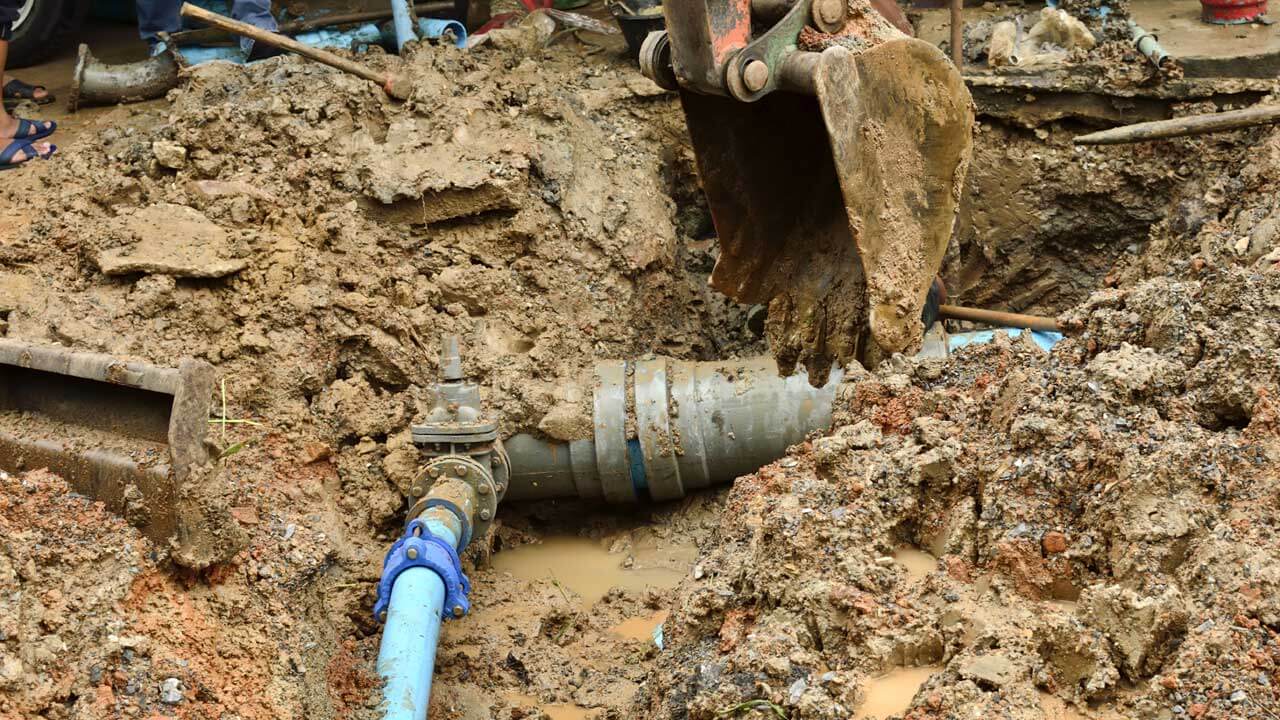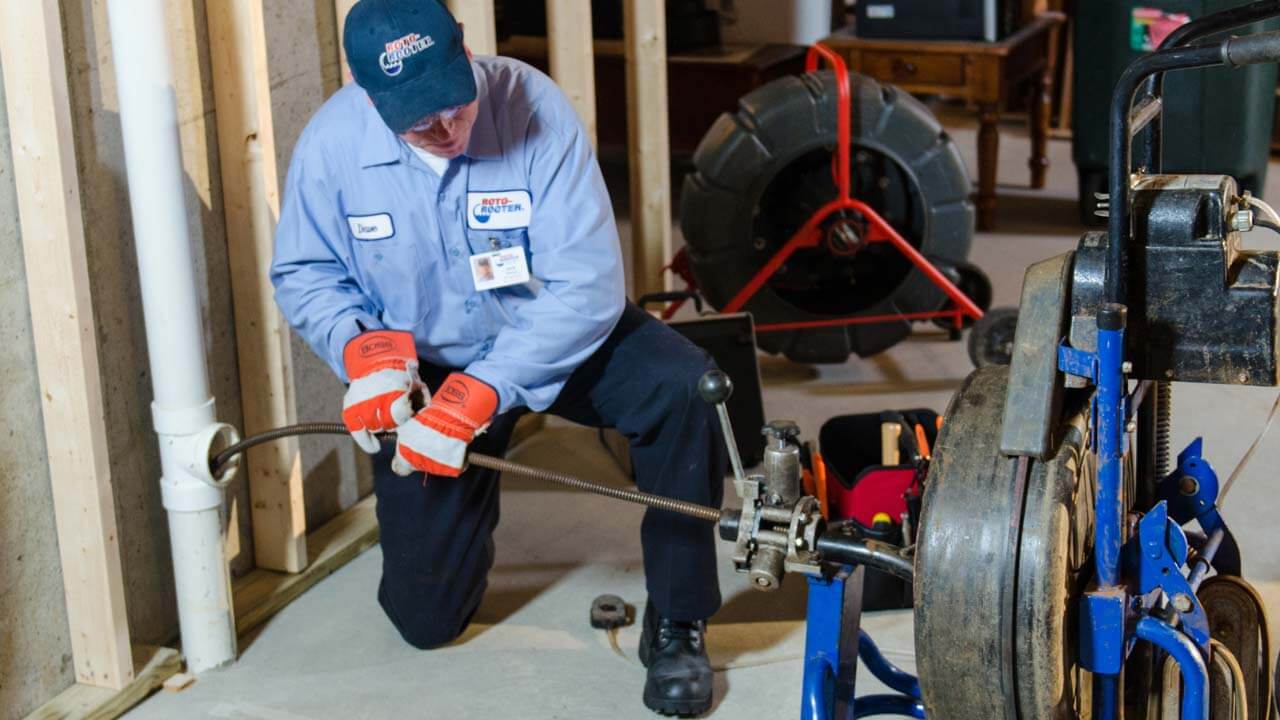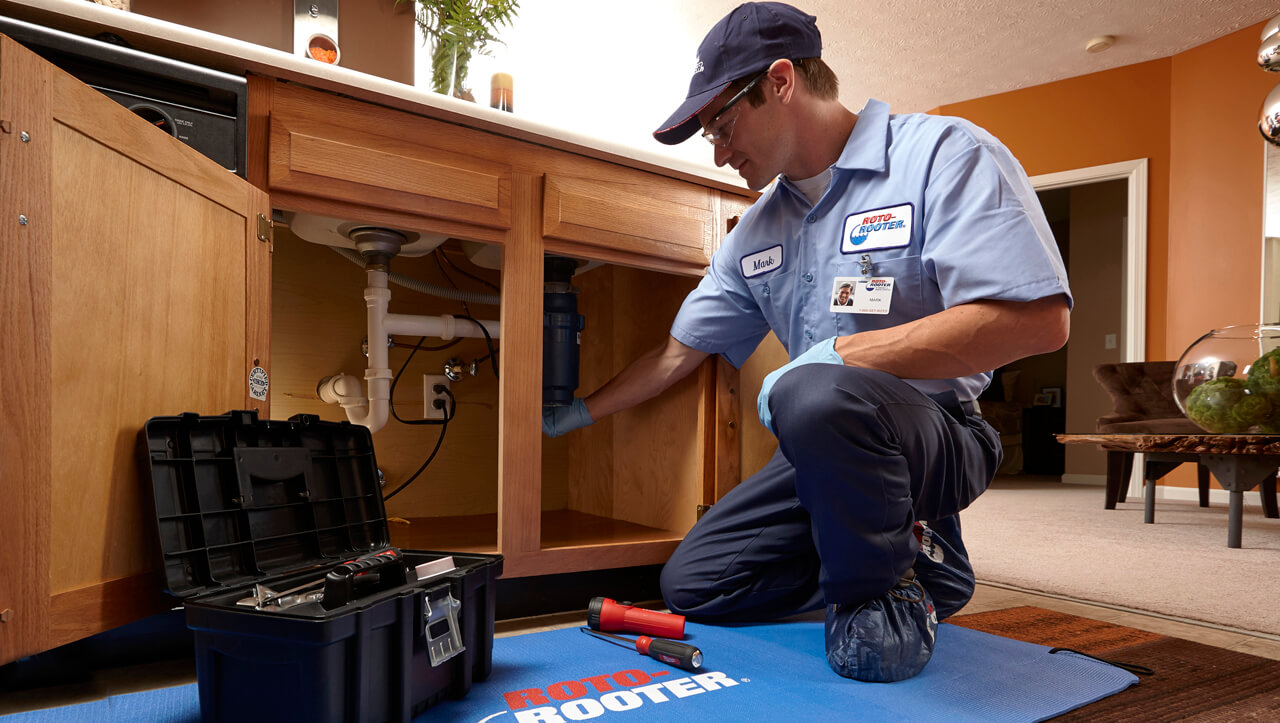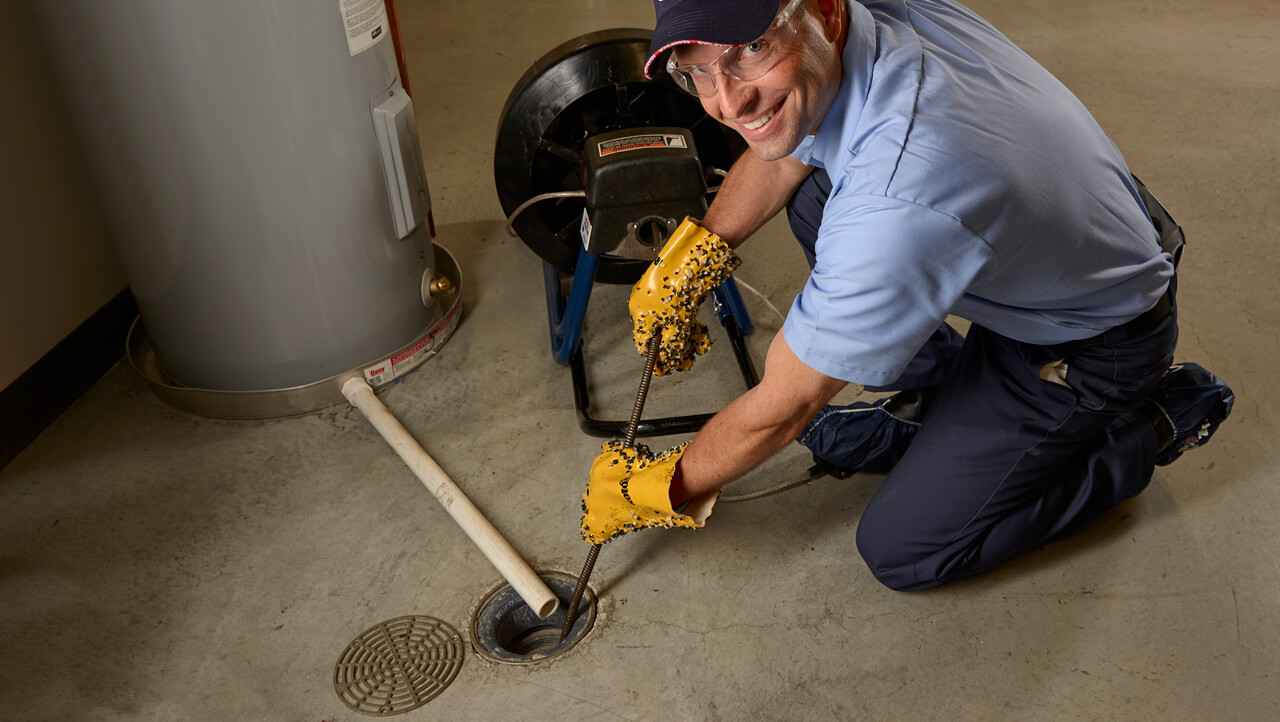Innovative No-Dig Pipe Repair Solutions from USA Plumbing Services
At USA Plumbing Services, we are dedicated to providing cutting-edge solutions that preserve the integrity of your property while effectively managing pipe repairs. Before you consider traditional excavation to replace aging or damaged pipes, explore our no-dig technologies: pipe bursting and pipe relining. These methods are revolutionizing plumbing repairs across the U.S., offering a less invasive alternative with the durability to match new installations.
Pipe Bursting: Efficient and Minimally Invasive
How It Works
Pipe bursting involves a powerful, cutting-edge technique where a robust metal head with cutting blades is used to break apart the old pipe. This method allows for the placement of a new High Density Polyethylene (HDPE) pipe, which is drawn through the existing line. HDPE pipes are seamless, boasting extreme durability and an impressive lifespan of over 100 years. This technique is suitable for pipes that are level and free from severe structural faults, which we verify through comprehensive camera inspections.
Pipe Relining: A Seamless Restoration
The Process Explained
Pipe relining utilizes a flexible, woven polyester yarn coated with polyurethane. This "sock" is inserted into the damaged pipe, followed by the application of hot water or air to expand and cure the resin. Once set, the resin hardens to the shape and strength of new pipes, effectively sealing against leaks and preventing root infiltration. Like HDPE, relined pipes have a lengthy service life and maintain full integrity as a single, continuous material.
Considerations for No-Dig Repairs
Despite the advanced nature of these techniques, physical obstructions or severe pipe misalignments might still necessitate partial excavation. However, these instances are minimal compared to traditional methods, significantly reducing disturbance to your landscape and structures.
Frequently Asked Questions
Q: Are no-dig repair technologies suitable for all types of pipes?
A: While highly versatile, no-dig methods are best used on pipes that are mostly intact without severe bends or collapses. A preliminary camera inspection can determine suitability.
Q: What are the main advantages of pipe bursting and pipe relining?
A: Both methods minimize damage to your property, reduce repair time, and offer a longevity comparable to new pipes, making them cost-effective solutions.
Q: How can I determine which no-dig technology is right for my needs?
A: USA Plumbing Services provides expert consultations to assess your specific situation and recommend the most effective repair method.
By choosing USA Plumbing Services for your pipe repair needs, you opt for an approach that saves your yard and your wallet. Our no-dig technologies ensure that you receive efficient, long-lasting repairs with minimal disruption.




